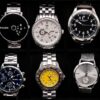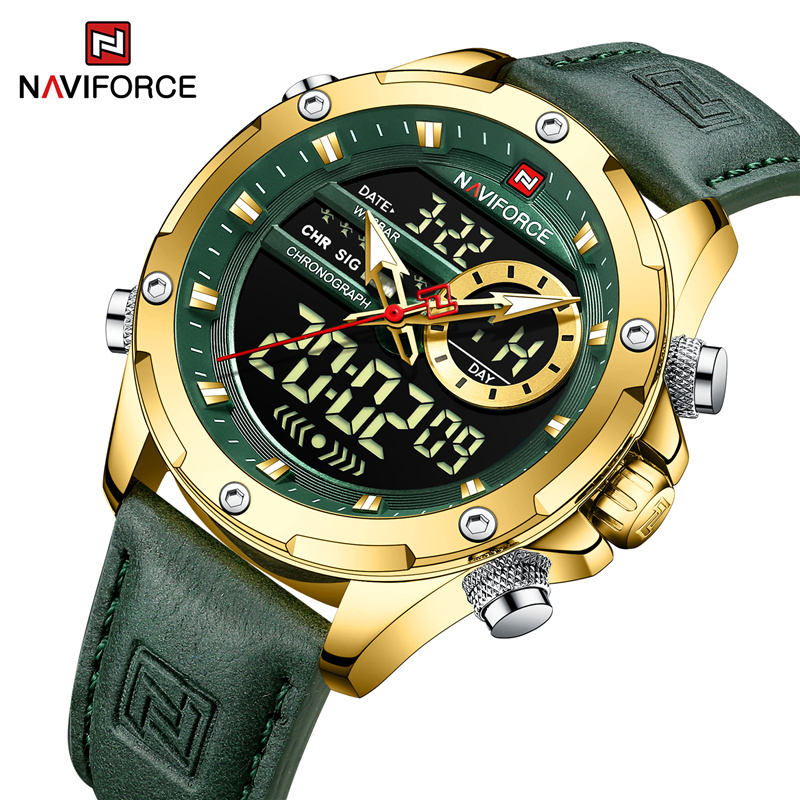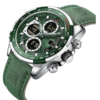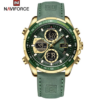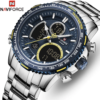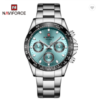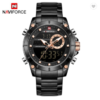- Empty cart.
- Continue Shopping
Nautical Watches vs. Dive Watches: Understanding the Difference

What are nautical watches?
Nautical watches are specially designed timepieces meant for use on boats and ships. They are created to withstand the harsh conditions of marine environments, including exposure to saltwater and extreme weather. Nautical watches often feature functions such as tide indicators, regatta timers, and navigational tools, making them essential for sailing and boating enthusiasts. These watches are distinguishable by their nautical-themed designs, durable construction, and reliable performance in maritime settings.
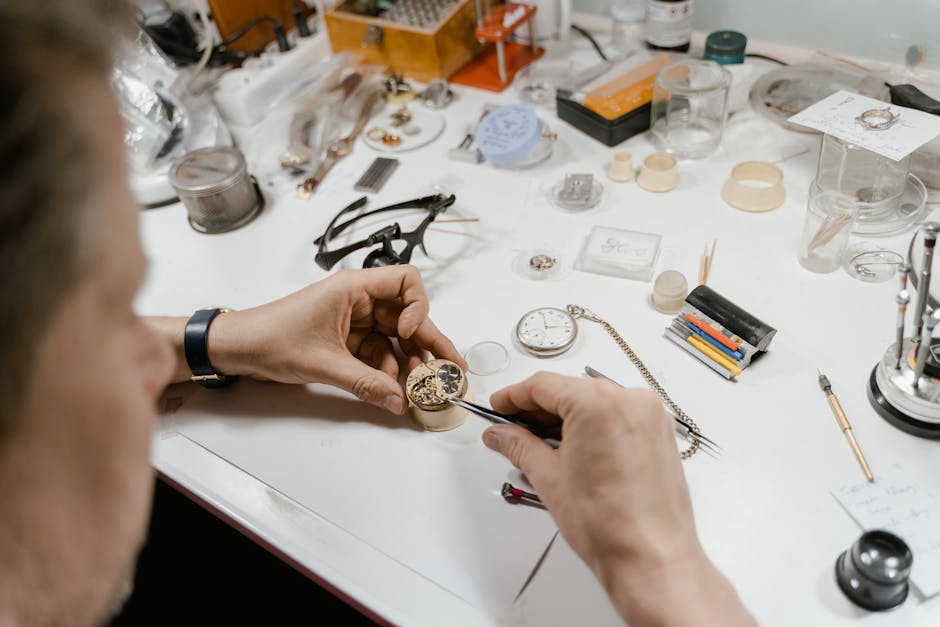
What are dive watches?
Dive watches are specifically designed for diving and are water-resistant. They have features like a unidirectional bezel for tracking elapsed time and high visibility dials for easy reading underwater. Dive watches must meet specific ISO standards to ensure their reliability and durability during diving activities. These standards include withstanding water pressure, possessing a luminous display for low-light conditions, and having a robust construction to withstand the underwater environment.
Key features of nautical watches
Nautical watches are designed specifically for use at sea, featuring water resistance and navigation capabilities. They often include a tachymeter for measuring speed, a rotating bezel for tracking elapsed time, and a GMT function for tracking multiple time zones. These watches also typically have high-contrast dials for easy readability in various lighting conditions.
Key features of dive watches
Dive watches are specially designed for underwater activities, such as scuba diving. Some key features to look for in a dive watch include:
-
Water Resistance: Dive watches are built to withstand high water pressure at significant depths, so they typically have a water resistance rating of at least 200 meters (660 feet).
-
Rotating Bezel: A unidirectional rotating bezel allows divers to keep track of elapsed time underwater, enhancing safety during dives.
-
Luminescent Material: Dive watches often feature luminescent markings on the dial and hands for improved visibility in low-light conditions.
-
Screw-down Crown: This feature ensures that the crown is tightly sealed against the case, preventing water from seeping in.
-
Strap or Bracelet: Dive watches may come with rubber or metal bracelets for durability and comfort during water activities.
Understanding these key features will help you make an informed choice when selecting a dive watch for your underwater adventures.
Water resistance levels of nautical watches
Nautical watches are designed for water activities like sailing and boating. They typically have water resistance levels ranging from 100 to 300 meters, making them suitable for light aquatic activities. However, they are not ideal for deep-sea diving due to their limited water resistance. When considering a nautical watch, it’s essential to ensure that its water resistance level matches your intended water-related activities to prevent damage to the timepiece.
Water resistance levels of dive watches
Dive watches are specifically designed to withstand water pressure and are suitable for diving and water sports. They are tested to resist water at different depths, typically up to 200 meters (660 feet) or more, making them ideal for professional diving. It’s important to note that the water resistance level is indicated on the watch, and it’s crucial to adhere to the manufacturer’s guidelines to maintain the watch’s integrity. Keep in mind that water resistance is not a permanent condition and may diminish over time due to wear and tear, so periodic checks and maintenance are recommended to ensure the watch’s effectiveness in water.
Design and aesthetics of nautical watches
Nautical watches are designed with a maritime theme, often featuring elements such as anchors, compasses, and navy blue or white color schemes. The aesthetics of these watches are inspired by the world of sailing and maritime exploration, giving them a distinct nautical flair. Dive watches, on the other hand, prioritize functionality and durability, with a focus on water resistance and legibility underwater. Alternatively, nautical watches emphasize style and symbolism associated with the open sea.
Design and aesthetics of dive watches
Dive watches are specially designed for underwater activities, so they often have a more robust and durable build. They typically feature a rotating bezel for tracking dive time, and their dials are frequently larger and more legible to ensure easy readability underwater. Additionally, dive watches may incorporate luminescent markers for enhanced visibility in low-light conditions. The overall aesthetic of a dive watch embodies a rugged and sporty look, as opposed to the more classic and elegant design of nautical watches.
Ideal use cases for nautical watches
Nautical watches are designed for activities like sailing, boating, and yachting, where you need to measure the wind direction and tide levels accurately. The nautical watch features like tide tracker, regatta timer, and wind direction indicator make it ideal for these activities. Whether you are a professional sailor or a recreational boater, a nautical watch can be a valuable tool for navigating the waters.
Ideal use cases for dive watches
Dive watches are designed for underwater activities such as scuba diving, snorkeling, or swimming. Their high water resistance and durable construction make them ideal for these activities. Additionally, their unidirectional bezel and luminous markers make them easy to read in low-light or murky conditions. Dive watches are not just stylish – they are practical tools for water sports enthusiasts.



